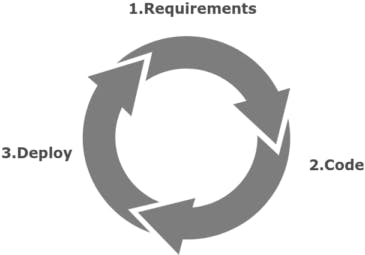Skip to content
Blogs
 Introducing Developer-less Data Workbench — Making business analysts, Masters of the data!
Introducing Developer-less Data Workbench — Making business analysts, Masters of the data!
Introducing Developer-less Data Workbench — Making business analysts, Masters of the data!
[Note - WorkBench was built by PEXAR team for Fynd’s ecommerce platform. This is where the early seeds of the current SaaS product were sown. The new product is bigger, better, and industry agnostic. WorkBench shall give you a fair idea about the approach, tech, and vision.]

started building the inventory platform, that would in future allow us to fetch inventory data from hundreds of brands & thousands of stock-points, in near-real time.Problem
is the process of transforming and mapping data from one “raw” data form into another format with the intent of making it more appropriate and valuable for a variety of downstream purposes such as analytics.
Web & App platform. Data wrangling by itself is tedious, however the challenge was not simply doing it in real-time, but also doing it right, governed by the logic the business users are sole experts of.
Business Scenarios
Approach

Design
Features
Solution

Here goes a brief summary of various products that comes in as part of the Data Workbench, all of which expose REST APIs.
Ocellus : Business Rules Engine
For Data Discovery & Wrangling

Hydra : SQL / Mongo Query based API Engine

Mercury: Attribute Transformation Engine

Looper : REST API Scheduler

Portus : JSON Schema Transformation

Conclusion
Want to print your doc?
This is not the way.
This is not the way.

Try clicking the ⋯ next to your doc name or using a keyboard shortcut (
CtrlP
) instead.